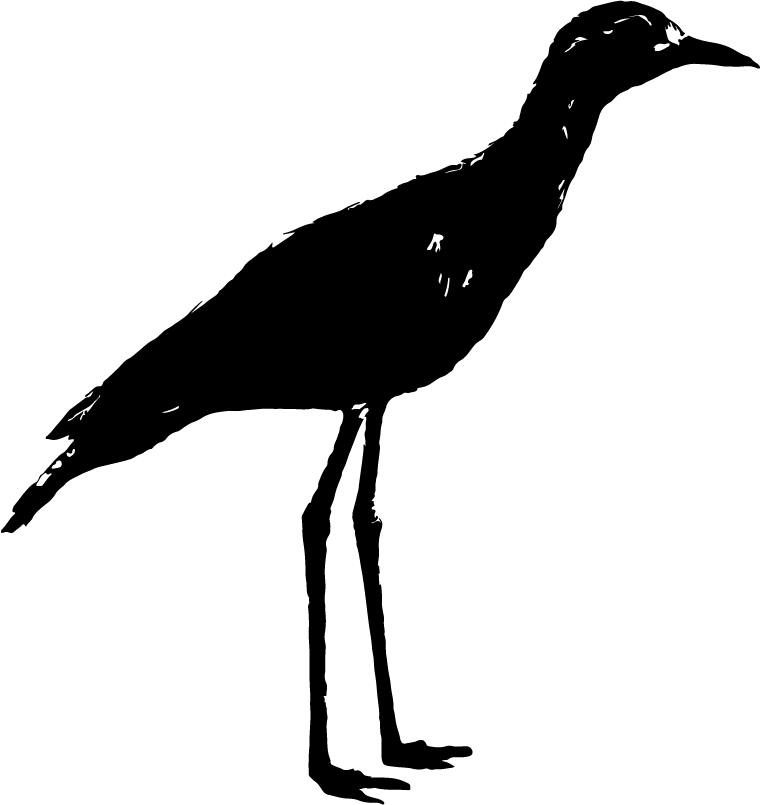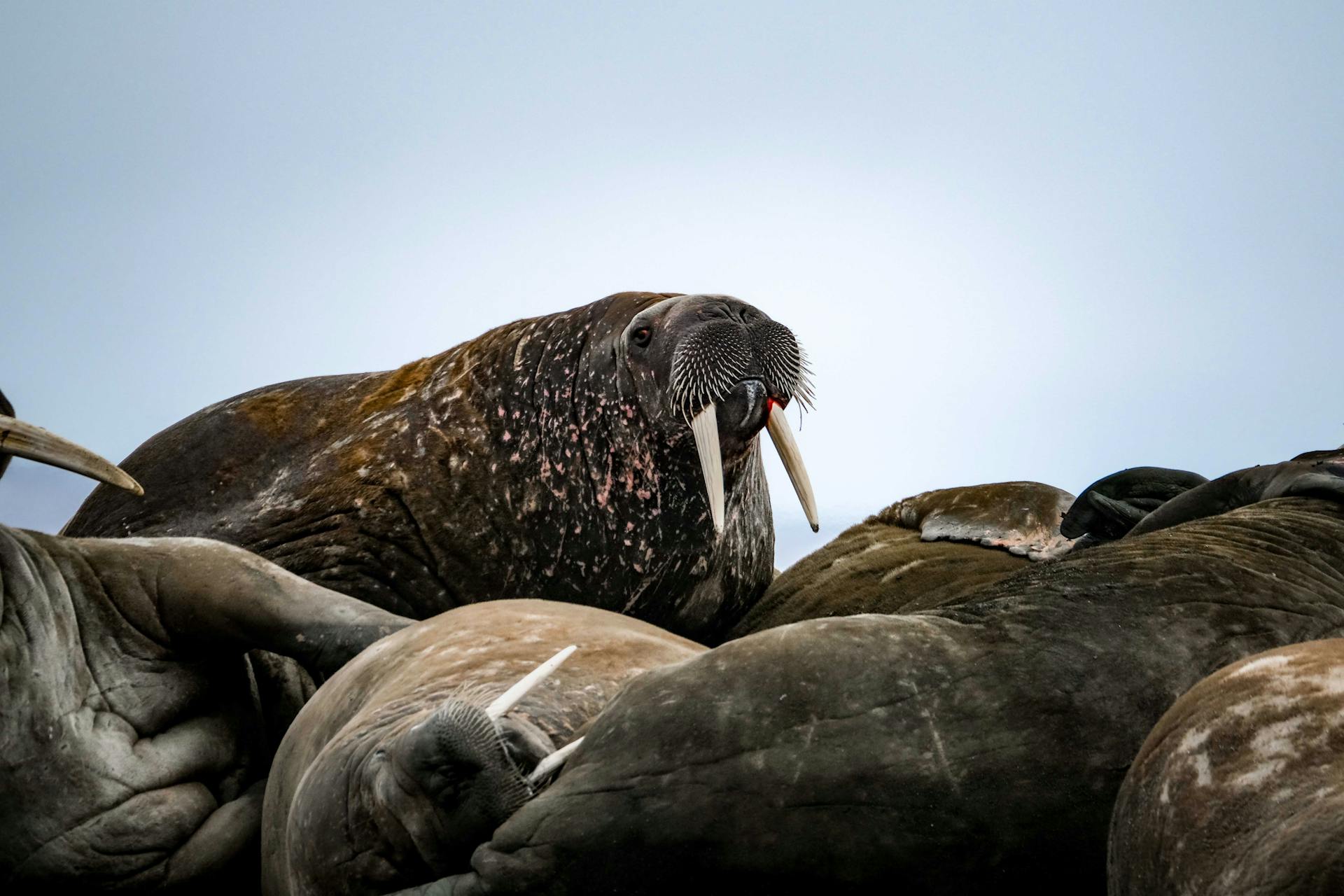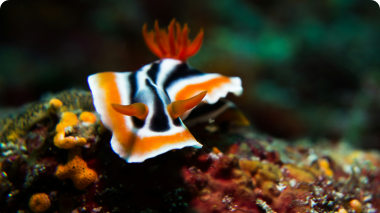Step-by-step, our ancestors traversed out of Africa. Across seemingly infinite continental reaches, human feet radiated like a plant’s routes carve through soil. But when did the new roads run out and human paths circle back? A new study unravels this mystery in the DNA, not from our ancestors, but from the wispy-bearded, ivory-toothed, Atlantic walrus.
After more than 50,000 years of separate migratory routes, somewhere deep within the Arctic, distinct transcontinental groups were edging closer. During medieval climate warming (985–1450 AD), Arctic Indigenous communities — Tuniit and Thule Inuit — expanded east towards Greenland whilst westward bound European Vikings, known as the Greenland Norse, settled in Greenland’s Southwest, pursuing valuable walrus ivory.
Ivory trade was big business fuelled by the insatiable demands of Europe’s elite. But researchers have long wondered whether Norse ivory was all directly self-sourced or instead traded from indigenous Arctic locals — representing the first ‘around-the-world’ reconnection of Pleistocene humans since leaving Africa.
Following in the voyages of Vikings, researchers reveal European market demands were key in driving this landmark step towards early circumpolar “globalisation”. By genetically tracing Medieval-made ivory relics and replicating Norse seafaring capacities, they could identify just when, where and why these trans-Atlantic groups connected.
Together, archaeologists and geneticists scoured museums, gathering 31 ivory artefacts to trace each walrus’s ancestry. In a process known as ‘genetic fingerprinting’, scientists dated and mapped each walrus’s historic home waters.
Early on, Norse ivory originated within easy reach of their main southwest settlements. However, as exploited stocks depleted Greenland Norse began chasing profitable ivory within territories of the Canadian High Arctic.
From 1120 AD, most ivory was genetically traced to a remote region known as The Pikialasorsuaq, or North Water Polynya. Here, in this Arctic hotspot for biodiversity, Tuniit and Thule Inuit communities were well established and almost certainly encountered Greenland Norse, seafaring Vikings.
To find out if Norse could undertake such epic Arctic voyages, the researchers rowed themselves out in traditional Norwegian, Viking-like vessels. The estimated 1,200 nautical mile-long journey into Northern Greenland was deemed feasible but occasional. Taking up to 30 days one-way, expeditions were restricted to certain times of the year.
Results from this study valuably pinpoint new archaeological Arctic sites to explore the nature and extent of these first ‘full circle’ human exchanges. The study’s lead authors say future research should also focus on the Tuniit and Thule Inuit peoples’ movements which likely altered as Greenland Norse gradually encroached.
Source: Ruiz-Puerta, E.J., Jarrett, G., McCarthy, M.L., et al. (2024) Greenland Norse walrus exploitation deep into the Arctic. Science Advances 10, eadq4127.







